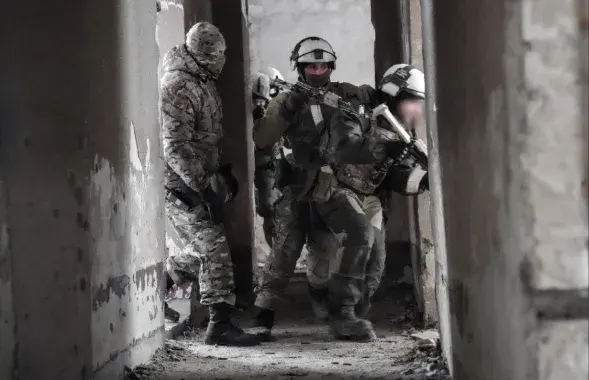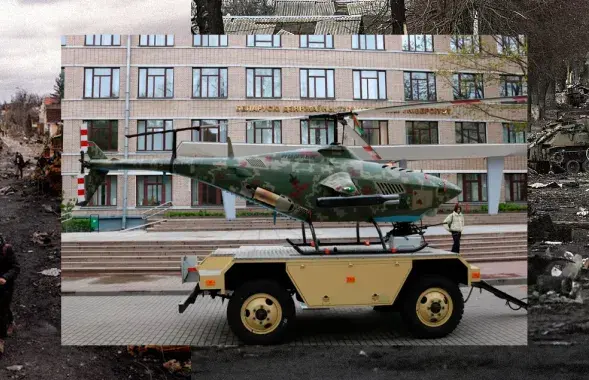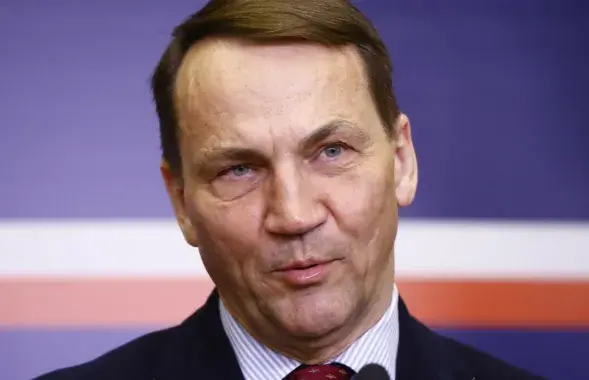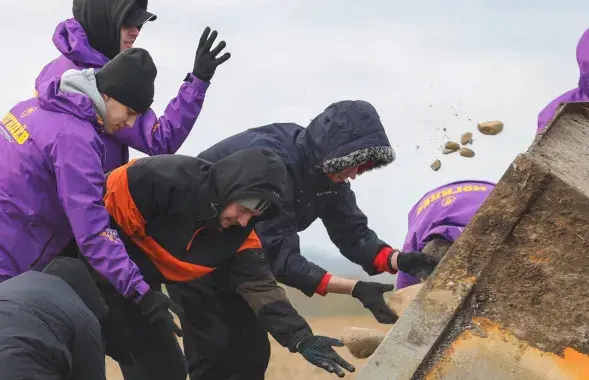Eight-year-old boy dies due to healthcare system failure
With the nearest hospital 25 km away, it takes an ambulance around one hour to reach the village. Maksim’s father Yury Jakubenia tells the European Radio for Belarus the whole story:
“Maksim was riding a bus together with his grandmother. He was playing near the bus and eventually fell down in front of the bus. He was taken into the bus and quickly rushed to the outpatient clinic in Lunna. But, it was closed. We asked the driver to take the boy to our local doctors.
We called the doctor and came up to his house. The doctor came out and said that the boy was dead. The anatomists later said it was cerebral hemorrhage.”
In 2005, the village of Lunna received a new fashionable name of “agrogorodok”, which means an agricultural town. But, back in 2003, the district authorities had planned to reorganize the hospital in Lunna into a outpatient clinic with 25 beds.
The hospital existed in the village since almost 1950s. The residents would not agree with the plan and sent over 1000 signatures to the district authorities, demanding that the hospital remain. The hospital survived then.
But, in 2004 it was closed for reconstruction. The hospital existed as an in-patient medical institution with 10 beds till early May 2006, when fresh plans about the closure emerged. The residents again started writing petitions to the press, Healthcare Ministry and the office of the president. However, the answer would always be the same: it will be the way the local district committee decides.
In August 2006, the district executive committee resolved to close the hospital, leaving the out-patient medical services only. Aliaksandr Pudaukin, a member of the Lunna local council, talks to our radio:
“In fact, you have the right to remain for 2-3 hours more after receiving treatment. But, anyway, in the evening when the clinic closes, you will have to proceed back home.
Village hospitals are now closing. As far as I know 3 in-patient clinics have been closed down on Hrodna region over the past five years. There is no talk about the development of medical services in agricultural towns.
The closure of the in-patient clinic is the attempt by the authorities to survive. There is a deficit of money for everything, not only for the hospital.”
But, the health care officials at the Hrodna regional executive committee have a different explanation of the current health care policy. According to them, transformation of the hospital into an out-patient clinic “would by no means worsen the medical assistance to population.” Prior to the closure of the hospital, they also promised the villagers to purchase additional vehicles and offer a 24-hour nurse post.
However, none of the promises have been kept. The basic in-patient medical services are provided in the district hospital, 25 km off Lunna, or 40 km away from other villages in the district.
Aliaksandr Pudaukin, a member of the Lunna local council, read out a letter which he received from Aleh Trushko, the chief doctor of the district hospital. The letter writes:
“In accordance with the existing procedures of the Ministry of Healthcare, a 24-hour nurse post has not been envisaged…Such a post in Lunno at the premises of the local out-patient clinic does not resolve the issue of urgent medical assistance, because qualified medical help is needed first of all.”
The list has no mention of how this medical assistance is going to be organized. While nobody knows anything, the relatives of Maksim keep asking the question: why?
“Nobody knows what has happened here. Even police came to us…But, why didn’t doctors help?” asks the boy’s grandfather Ivan Jakubenia.
This question will continue bothering the relatives of the late boy. But, they are hardly to get an answer from the government or those who developed the National Program for Socio-Economic Development of the villages.
The program states that “infrastructure to provide social standards and services to the population is envisaged for agricultural towns.” Out-patient clinic is also mentioned among the social standards of the program. But, we would like the health and lives of people to be among the standards, which run our country, too.
Photo by flickr.com

















